The Native Americans were masters of holistic treatments; they knew what was available to them and they knew how to use those resources. Though we’re going to discuss some of the most common treatments (many are Cherokee) for top ailments, be extremely careful. What can cure you in a teaspoon can kill you in a cup. “Natural” does not necessarily equate to “safe”.
Aspiring medicine men and women began studying under experienced teachers at a young age and the craft was passed down from one generation to the next. It wasn’t something that was learned in a week, and it wasn’t written down in a book.
The information that we’ve gathered is meant to inspire you to learn more about alternative treatments because some day, that may be all that you have!
Mullein
Mullein is a tobacco-like plant that grows straight up and has (usually) yellow flowers. It was traditionally smoked, used as a tea, made into an oil or tincture, or made into a poultice, depending upon what it was going to be used for. The leaves, flowers and stems are edible but the seeds contain a natural pesticide and are toxic.
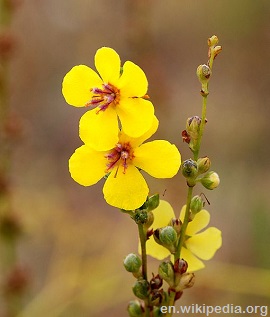
To treat coughing, some tribes would smoke it and others would make a tea from it and drink it with molasses or honey.
Mullein is also an anti-inflammatory and anti-bacterial, at least partially because of the verbascoside in it, which studies have shown to be especially effective against Staph infections. This makes it useful for many different ailments, including arthritis, stiff joints, sore muscles, burns, rashes, cuts or blisters. To take advantage of these properties, drink it, smoke it or make a topical paste.
Finally, mullein has anti-spasmodic properties that might help with cramps caused by menstruation, gastric distress or muscle spasms.
The root is sometimes used to treat bladder issues such as infections.
Mint

Mint oil is great for boosting mood or giving you a burst of energy – some people like to put a drop or two on their pillows at night so that it can act while they’re sleeping.
As a skin poultice, mint has anti-inflammatory properties that help soothe irritated skin, bug bites or bee stings. It’s often a component of natural bug repellants.
Mint may also help with allergies because it inhibits the release of histamines that trigger the runny nose and other symptoms of hay fever and other allergic reactions.
You’re probably most familiar with mint because it’s in most toothpastes. That’s not just because it makes your breath smell nice. The menthol in mint acts as an anti-microbial to kill the germs that cause bad breath and tooth decay.
Saloli Gatoga, aka Squirrel Tail or Yarrow
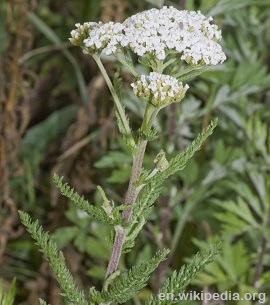
A decoction was often made with the leaves and stems and used as an astringent to treat acne and other skin issues.
Valerian Root
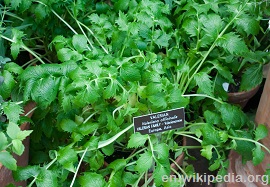
Wild Black Cherry
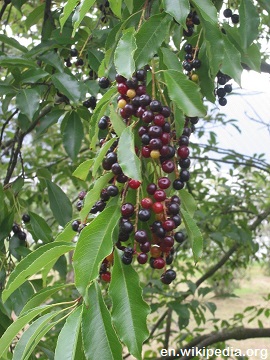
The bark is made into tea and used to treat coughs, colds, flu symptoms, bronchitis, sore throat, laryngitis, asthma, high blood pressure, swollen lymph nodes and arthritis, among other ailments. It’s also an appetite stimulant and a mild sedative.
Mohegans allowed the fruit to ferment naturally for a year or so before using it to treat dysentery.
Willow Bark

To reap the benefits, just make a tea from the inner bark of the tree.
Witch Hazel
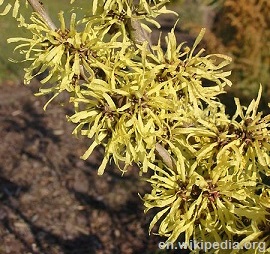
Geranium

There are many different Native American remedies that we can benefit from but we need to be extremely careful. You need to educate yourself well and know the side effects as well as the uses of any herb that you may choose to use medicinally because many of them are perfectly safe at one level and lethal at another.
Don’t ever just throw a pinch into the teapot – know what you’re doing before you begin any treatment whatsoever, even if It’ s only on you. Do you have any more ideas or natural remedies that you’d like to share? If so, we’d love to hear about them in the comments section below!
This article has been written by Theresa Crouse for Survivopedia.


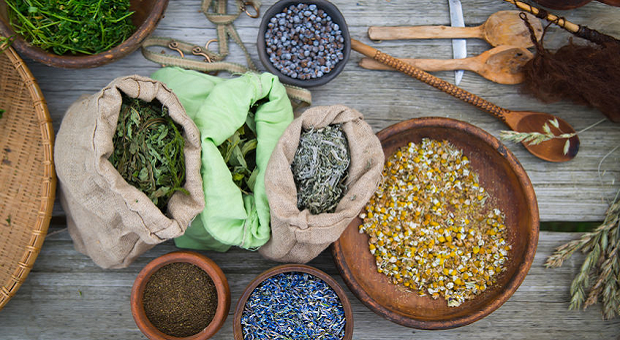







Pingback:Native American Remedies We Can Benefit From | Survivalist Basics | Be Prepared For Anything! | December 7, 2014
|
Pingback:Native American Remedies We Can Benefit From | TheSurvivalPlaceBlog | December 8, 2014
|
Deez | December 9, 2014
|
I use most of these but the first one. I haven’t tried Mullein but knowing some who have respiratory challenges, I’ll be growing some soon and learning to use it. Thank you.
George Clower | October 30, 2017
|
I have used aloe vera gel as first aid for burns. I’m not sure that the commercial aloe vera gel works, but a freshly cut aloe vera leaf works wonderfully. Cut a stalk, shave off the side thorns, split it, and use sections with the skin left on placing the gel directly against the burned skin and wrap it in gauze. Leave it in place for several hours, all night even. I have had two experiences with scalds where the skin was completed healed after about five hours of using this method.
Pingback:7 Ways to Control Your Health Costs | Survival skills, survival guns, survival guide | January 21, 2015
|
Pingback:Life-Saving Skills To Develop Now For Survival | Survival skills, survival guns, survival guide | February 2, 2015
|
Pingback:The Basics Of Medical Preparedness | Survival skills, survival guns, survival guide | February 5, 2015
|
Pingback:How To Grow Herbs Indoors | Survival skills, survival guns, survival guide | February 16, 2015
|
Pingback:Natural Anesthetics For Dogs And Cats | Survival skills, survival guns, survival guide | March 17, 2015
|
Pingback:Keep Your Health Costs Under Control! 7 Ways To Do It | The Prepper Dome | April 4, 2015
|
Pingback:12 Essential Wildflowers For Your Medical Kit | August 27, 2015
|
Pingback:Life-Saving Skills To Develop Now For Survival | September 4, 2015
|
Pingback:The Basics Of Medical Preparedness - Prepper Ways | February 7, 2016
|
Pingback:6 Potent Natural Pain Relievers For Preppers | Prepper's Survival Homestead | February 8, 2016
|
Pingback:6 Potent Natural Pain Relievers - Patriot Rising | February 9, 2016
|
Pingback:Meds To Stockpile For A Crisis - US Crisis PreppersUS Crisis Preppers | February 18, 2016
|
Pingback:6 Potent Natural Pain Relievers For Preppers - Backdoor Prepper | February 19, 2016
|
Pingback:5 Ways To Defeat Bacteria Without Antibiotics | | disasterdefense.us | May 25, 2016
|
Pingback:11 Reasons To Stockpile Castor Oil For Survival | Survivopedia | December 28, 2016
|
Pingback:How To Make Your Own Aspirin For Survival | Survivopedia | February 6, 2017
|
Pingback:Ancient Survival Medicine That We Lost To History | Survivopedia | March 14, 2017
|
Kathy lindenmuth | April 12, 2017
|
Do you know of anything used to treat Lyme disease? My adult son has had it for 2 years now with all the complications that go with it. He’s had no results with several doctors, any help at this point would be greatly appreciated.
Thank you!
Kathy lindenm7th | April 13, 2017
|
I don’t mind doing research, could you give me a place to start!
Dee | April 13, 2017
|
You might do a search — alternative healing lyme disease. You’ll find much information. Then you just follow through with the references listed with each link. It may not be fast, but you will learn things you may not know now.
Kathy lindenmuth | April 15, 2017
|
Thank you very much!
Pingback:7 Fall Medicinal Wild Flowers You Must Harvest | Survivopedia | September 4, 2017
|
Pingback:6 Potent Natural Pain Relievers For Preppers | Survivopedia | January 9, 2018
|
Pingback:10 Professions To Learn From To Survive The End Of The World | Survivopedia | February 12, 2018
|